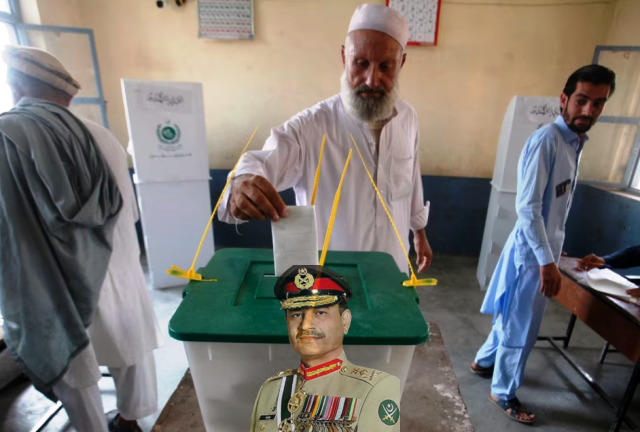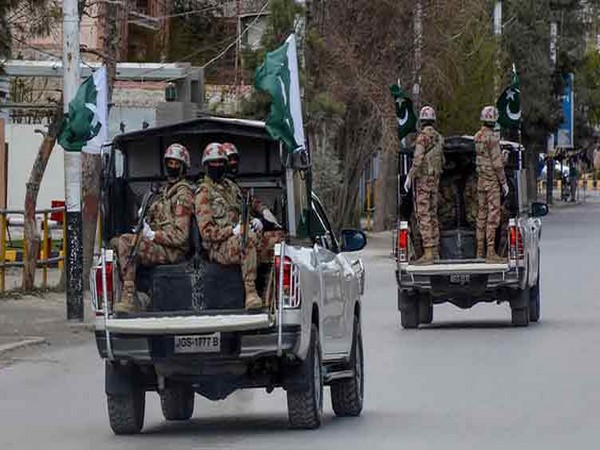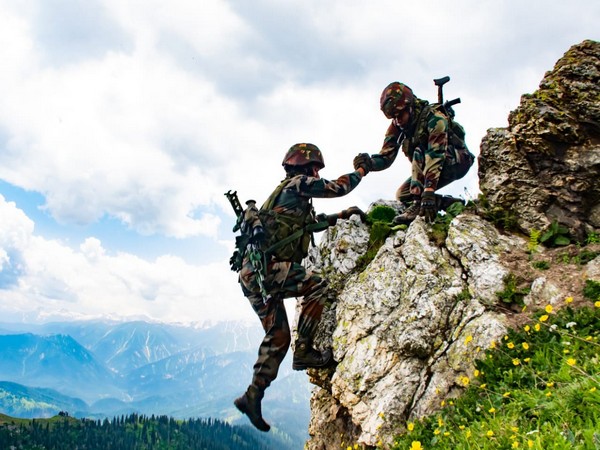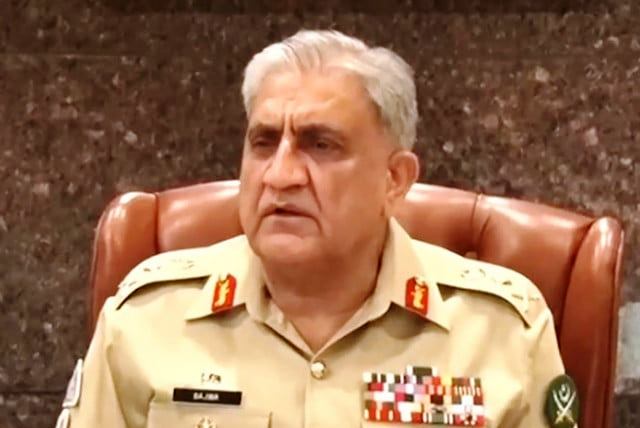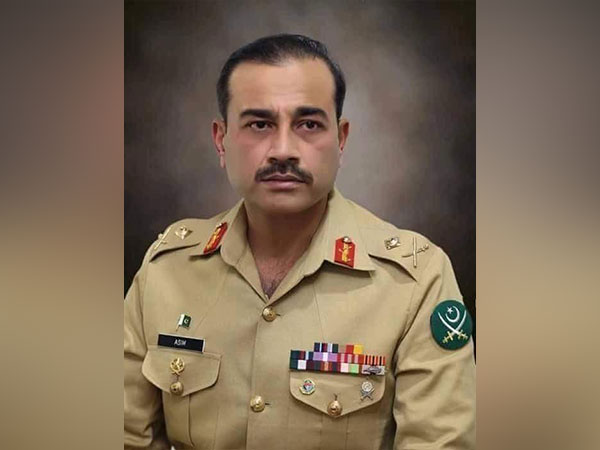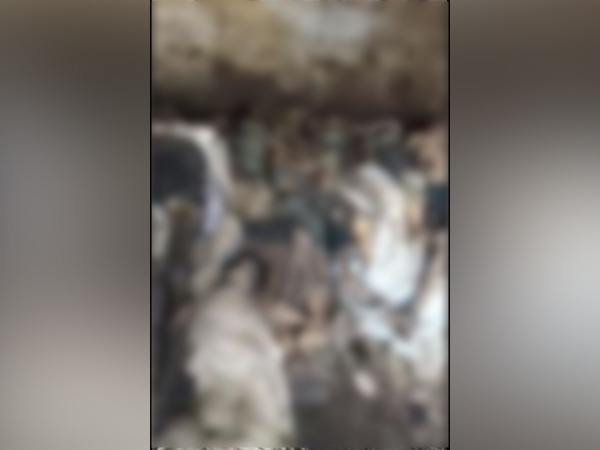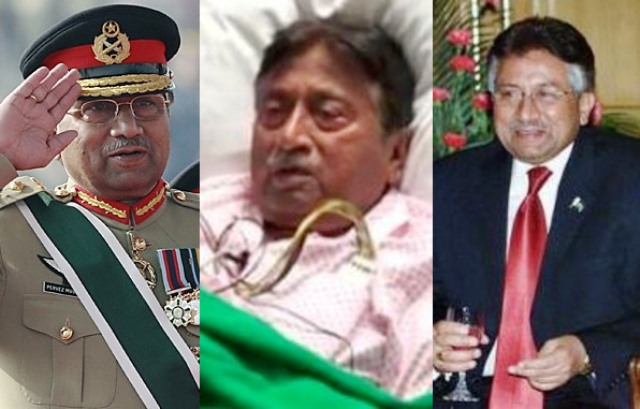In India-Pakistan relations, the past becomes the present and leaves unpleasant lessons for the future that remain largely unlearnt. Their disputes, no matter from whose side you look at them, remain unresolved, and the chasm has grown deeper.
May 3 will mark 25 years since the Kargil conflict began in 1999. Pakistan’s bid for scoring territorial gains failed, again. But not without turmoil and bloodshed on both sides, allowing those outside to influence and intervene.
Significantly, Kargil happened even as the two were engaged in peace moves, being nudged to talk by a world alarmed at their emergence as the two new nuclear powers. Not enough has been asked why the Good Samaritans also failed to anticipate the incoming events. For, Kargil happened within less than three months of the Lahore Declaration that the Prime Ministers, Atal Bihari Vajpayee and Nawaz Sharif, signed on February 21, 1999.
Going by the adage that history repeats itself, it did in Kargil on two counts. As it had done in 1947 and 1965, Pakistan’s civil-military establishment first sent intruders. Two: it also caught India napping, yet again.
India discovered the intruders accidentally. Like a Muslim shepherd in the Kashmir Valley noticed Pakistanis in 1965, in 1999 Buddhist shepherd Tashi Namgyal looking for missing animals, saw Pakistani regulars in Pathan outfits, digging bunkers atop the Batalik mountain range. Both led to major conflicts.
The Indian Army took a while to discover that the militants were a façade for the Pakistan Army’s Northern Light Infantry (NLI), well-entrenched on the upper ridges, holding all the tactical aces. It was an uphill task, literally, for India. Facing stiff resistance, it deployed the Air Force and the Bofors gun. A victim of political controversy, it redeemed itself.
Young officers and men climbed 90-degree steep rock faces braving bullets and turning the story around. Mostly young soldiers in the 22-35 age group died on both sides. The official death toll on the Indian side was 527, while that on the Pakistani side was between 357 and 453. Pakistan dishonoured another 600 of its militant youths whose bodies it did not claim and collect. The Indian side had to perform the last rites.
BACKGROUND: In the Kargil region, the past practice on both sides was to leave high-altitude posts in the winter because of the extreme weather and reoccupy them with the advent of spring. In the winter of 1999, Pakistan reoccupied the forward positions and strategic heights of Kargil Drass and Batalik before the Indian forces could.
With the-then army chief, General Pervez Musharraf in the lead, the masterminds of Pakistan’s plan were Chief of General Staff, Lt Gen Aziz Khan, Commander 10 Corps Lt Gen Mahmud Ahmed and Force Commander Northern Areas Maj Gen Javed Hassan.
“Operation Koh Paima” was launched in mid-October 1998 when Musharraf had not informed Prime Minister Nawaz Sharif. Even the air and naval chiefs were not taken into confidence. The timing and the extent of Musharraf’s briefing to Nawaz and the operation’s failure triggered a civil-military power struggle which led to Musharraf ousting Nawaz.
As per Pakistani writer Tariq Aqil, Nawaz, with limited knowledge of military affairs, could not fathom the Indian Army’s capacity to respond. “He was under the delusion that the intruders would be successful and capture Kargil, forcing India to accept the final settlement of Kashmir and he would go down in history as the conqueror of Kashmir.” However, Nasim Zehra, in her book From Kargil to the Coup, writes that the army gave Sharif the first detailed briefing on the operation only on May 17. By this time, soldiers had already occupied positions across the LoC.
ALSO READ: Pakistan Army Can’t Be Confined To Barracks
The Pakistani planners had assumed that 1) Pakistan’s nuclear capability would forestall any major Indian move across the international border; 2) The International community will intervene at an early stage, leaving Pakistan in possession of gains across the LOC; 3.) China would adopt a favourable position on its side and the Indian Army would not muster adequate forces with high-altitude training and acclimatization.
All these proved wrong. Foreign Minister Sartaj Aziz got the cold shoulder in Beijing. Nobody accepted Pakistan’s version that the Kashmiri freedom fighters were fighting the Indian forces and that the Pakistani army was not involved. US President Bill Clinton virtually ordered Nawaz to ensure the withdrawal of all Pakistani soldiers from the Indian positions they had occupied.
Pakistan launched Kargil to seize a tactical advantage over India. Its success was supposed to cut off links between Kashmir Valley and Ladakh by blocking National Highway no 1 (NH1). The Pakistani planners wanted to force India to withdraw from the Siachen glacier and come to the negotiating table to resolve the Kashmir dispute.
As things stand today, India continues to occupy an advantageous position in Siachen that it captured in 1984. After the Kargil experience, as things stand today, neither side wants to withdraw from this world’s highest battlefield.
The year 1999 ended with an Indian passenger aircraft hijacked, to Lahore and later to Kandahar. India had to release four Kashmiri militants to secure the release of the aircraft, the crew and the passengers. Yet, India launched the peace summit in Agra without adequate preparations, initiating it and then reneging from it.
Twenty-five years on, there is little discussion on these failed moves by India at the turn of the century. In Pakistan, veteran journalist-analyst Najam Sethi has said that Pakistan has lost all its wars with India since it planned and initiated them, but could not achieve any of its objectives.
Although limited in scale and geographical spread, the Kargil War prompted a deep strategic analysis in both countries. India debated its national security gaps. The Vajpayee government constituted the Kargil Review Committee (KRC) under K. Subrahmanyam to review the events leading to the Pakistani aggression and recommend measures to safeguard national security against armed intrusions. The committee noted that the political, bureaucratic, military and intelligence establishments had developed a vested interest in the status quo. It emphasised the need for a comprehensive review of the national security system, considering the Kargil experience, the ongoing proxy war and the ‘nuclearised’ security environment.
Retired Lt. Gen. B S Hooda says the Group of Ministers (GoM) report, which followed the KRC, “was arguably the most comprehensive examination of national security issues undertaken in independent India.” Four task forces were established to evaluate the intelligence apparatus, internal security, border management and defence management, underscoring the seriousness of the post-war assessment.
The two reports led to many changes in the management of national security. The National Technical Research Organisation was formed in 2004 to handle centralised communication and electronic intelligence. The Defence Intelligence Agency was formed to cater to the military’s specific intelligence needs. A multi-agency centre was set up to foster better inter-agency information-sharing and coordination.
The defence establishment underwent some restructuring. This included the creation of an Integrated Defence Staff, the founding of the Strategic Forces and Andaman and Nicobar Commands, and the devolution of financial and administrative powers to the three services. The appointment of the Chief of Defence Staff, as recommended by the GoM, was made in 2020.
Today, India is economically and militarily strong but needs constant vigilance, internally and externally. In Pakistan’s case, the core issues that drove it into an unwinnable conflict remain largely unaddressed. The military still controls the reins in the country, the rhetoric over Kashmir continues, the economy is in dire straits and state support to terrorist organisations persists.
For more details visit us: https://lokmarg.com/

